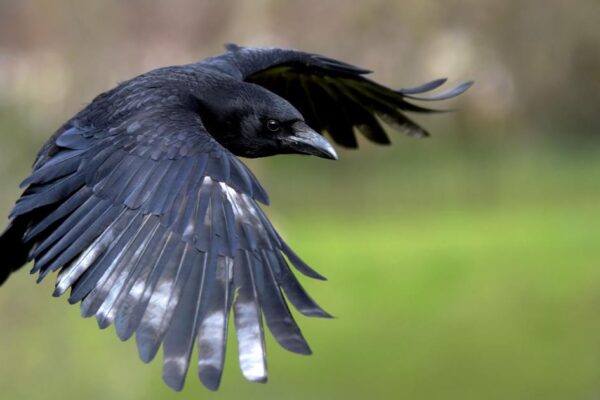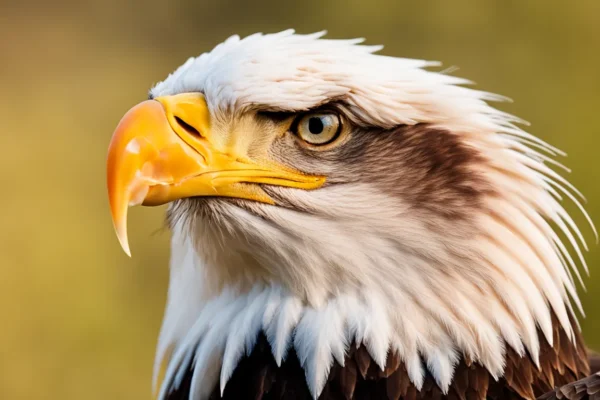Throughout its territory, the Northern cardinal (Cardinalis cardinalis), particularly the males, is one of the most identifiable birds. With that characteristic tuft atop their heads and their striking red hue, who could miss them? The females, with their doe-colored feathers edged in a rich scarlet, are very striking to look at. I’m sure you’ve seen how strikingly they contrast with a crisp layer of snow. But have you ever found it peculiar that these birds are here all year round?
Cardinals do not migrate; instead, they remain in their areas throughout the year. This is surprisingly true even in the northernmost parts of its range, which shares a border with Canada! Surprisingly enough, the cardinal has never traditionally resided in the far northern states. Since the early 1900s, it has expanded its range farther north, perhaps as a result of more food being available.
You probably have a lot of questions now, including how the Northern Cardinal stays warm in Wisconsin during the winter and why it is not a migratory bird. Continue reading to learn more!
The reason for the Cardinals’ refusal to move
The availability of food is the quick response to the issue of why cardinals do not move. The Northern Cardinal eats insects and seeds from grains, grasses, berries, and flowers. Cardinals are able to search for certain insects and kinds of seeds throughout the winter, while many bird species are forced to move because of a lack of food.
It is not worth it for the cardinal to devote the tremendous amount of energy needed to move when food supplies are easily accessible. Rather, these little but powerful birds transform their food supplies into energy, enabling them to endure the severe winters.
Cardinals have expanded their home range northward due to food availability. Birds were able to live happily in colder climates as year-round food supplies became more widespread with the introduction of bird feeders.
Cardinals spend the winter somewhere, right?
From the East Coast to the Central Plains, the United States is home to the Northern Cardinal. It also includes areas of Mexico and the arid southwest. These birds usually have unique territories that range from 2 to 10 acres. In all seasons, the Cardinals want to remain within a mile of their home range.
Throughout the winter, cardinals stay active unless the weather is too severe. To maintain their high energy levels, they will roam across their areas in search of food. Cardinals can regulate their body temperature to stay warm. They most often do this by fluffing and rearranging their feathers. Cardinals may purposefully shudder or alter the direction of their blood flow in order to raise their body temperature in very cold weather.
Cardinals may seek cover in thick groves of foliage, mainly low bushes, when the weather is unfavorable. They won’t go inside birdhouses or tree cavities since they are not cavity nesters.

Do cardinals remain in one particular area?
The adult Northern Cardinal spends its whole life within its native range. When these birds are young, they probably travel the most. After around 10 days, they start to leave the nest and remain with their parents until they can find food on their own. The young cardinals then started searching for a permanent home of their own.
The fact that cardinals are generalists in their environment may be one of the reasons why they do so well while sticking put. In other words, they don’t really care where they nest, and they have an easy time finding food within their range. In your backyard’s open woods, hedges, and thick bushes, cardinals will construct their nests. Even crowded suburbs and arid settings will do for them.
These birds are the state bird of no less than seven states in the United States, which may have to do with the fact that they live there permanently. There are several school sports teams that use the cardinal as their mascot. Given how resilient these birds are to environmental challenges and how successful they are as a species, it makes sense.
How Do Colorful Cardinals Get Away With It?
Have you ever wondered whether a male cardinal’s bright coloring makes him more appealing to predators? Natural selection seems to have gone wrong, particularly when you consider that a male’s feathers do not go dull even in the winter, when they are most noticeable. But there are more relevant aspects to take into account.
A male cardinal’s vivid coloration helps him locate a mate, as it does for many other bird species. Radiance is an indicator of successful reproduction. It also has to do with how easy access to food the man has. This serves as a signal to females that a certain male is in excellent health and has a nice territory with enough food available.
This process is referred to as sexual selection. Since cardinal females routinely choose more intelligent males for mateship, evolution chose to prioritize reproductive success above being safe and developing superior camouflage. However, women have developed to be more a part of their environment. It guarantees that since they can conceal the nest more readily, they have greater rates of successful reproduction.
A male cardinal’s brightness does not make him a successful and desirable partner, but it does not imply that predators do not see him as easy prey. They most definitely are. It doesn’t seem to have a significant impact on the species as a whole, however.
Perhaps as a result of their remarkable habitat generalization, cardinals tend to have greater survival rates than other species. Being non-migratory could also have a role. They experience less stress. Additionally, remaining put enables the Cardinals to have longer mating seasons. This thus creates room for increased nest success rates.
Final Thoughts
One of the most intriguing species is the Northern Cardinal. It is amazing how they have evolved over the last century to not only survive but also spread and flourish in new, and sometimes colder, areas. I hope your appreciation for this magnificent little bird will grow the next time you see one sitting at your bird feeder or singing across the forest.




![When To Put Out A Hummingbird Feeder [Detailed Guide]](https://birdsology.com/wp-content/uploads/2024/01/15522.webp-600x400.webp)

